Tags
American, Barnabas Oley, Church of England, George Herbert, Isaak Walton, London, metaphysics, poems, poet, Robert S. Pirie, Sotheby's, Timothy Garthwait, woodcut borders, woodcut initials
“Take heed of the wrath of a mighty man, and the tumult of the people.”
HERBERT’S REMAINS. OR, SUNDRY PIECES OF THAT SWEET…
George Herbert (1593-1633)
London: Printed for Timothy Garthwait, 1652
First edition
PR3507 A1 1652
George Herbert was a clergyman with the Church of England. He is known to this day as a poet of metaphysics, his poems notable for their controlled and inventive use of form. The famous central section (“The Church”) of his collection for The Temple (1633) contains more than 160 lyrics in stanza forms unique to their composition and subject. In tone and narrative mode, Herbert demonstrated his versatility with lyric conversations, allegories, fables, monologues, epigrams, meditations, and prayers.
The most significant of Herbert’s prose writings is A Priest to the Temple, a work on priestly conduct written during his final years. He wrote of the model church man and the fundamental principles of faith, human relations, and religious rhetoric.
Priest and Jacula, a collection of proverbial sayings, were published together as Herbert’s Remains, prefaced by Barnabas Oley’s “View of the life and vertues of the author,” which was a source for Isaak Walton’s Life of Mr. George Herbert (1670). A Priest to the Temple and Jacula Prudentum have separate title pages, the later dated 1651. Some copies of Herbert’s Remains exist without the previously stated titles. Jacula was first printed as Outlandish Proverbs in 1640 and contained 1,032 sayings; Jacula was augmented with an additional sixty-eight sayings in the present edition.
Woodcut borders and initials.
Rare Books copy bound in contemporary calf with gilt-lettered spine ruled in blind, marbled edges. Bookplate of Robert S. Pirie (1934-2015) on front pastedown. Robert Pirie was an American attorney. His extensive collection of rare books and manuscripts was auctioned by Sotheby’s in December of 2015.

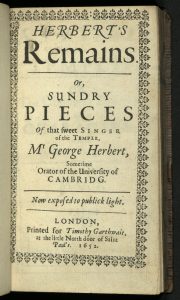
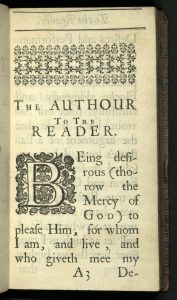
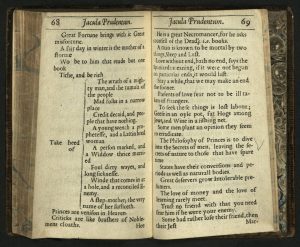
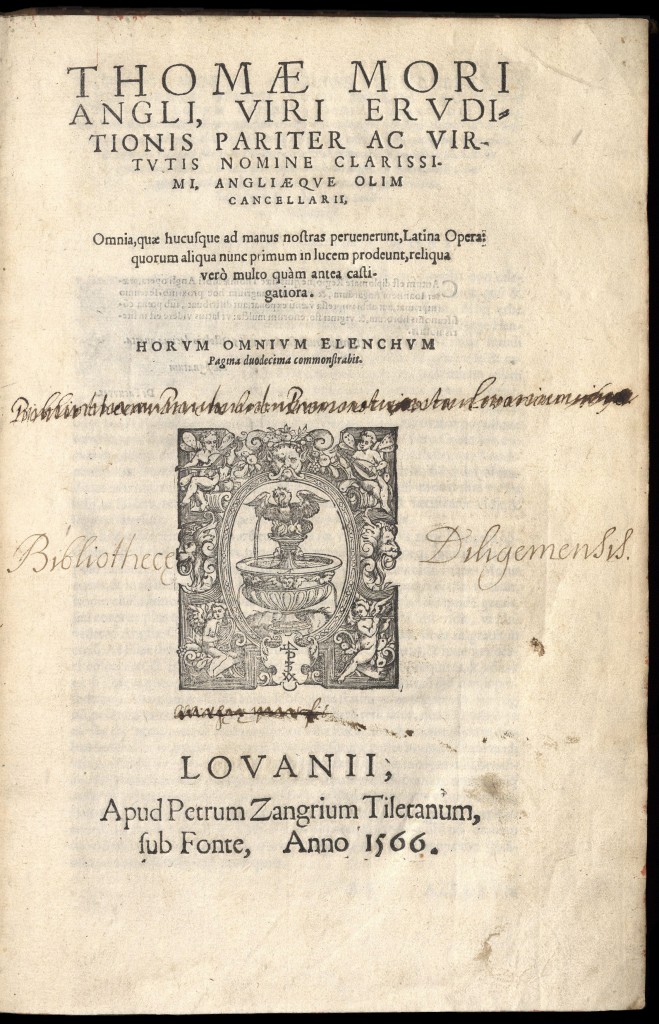
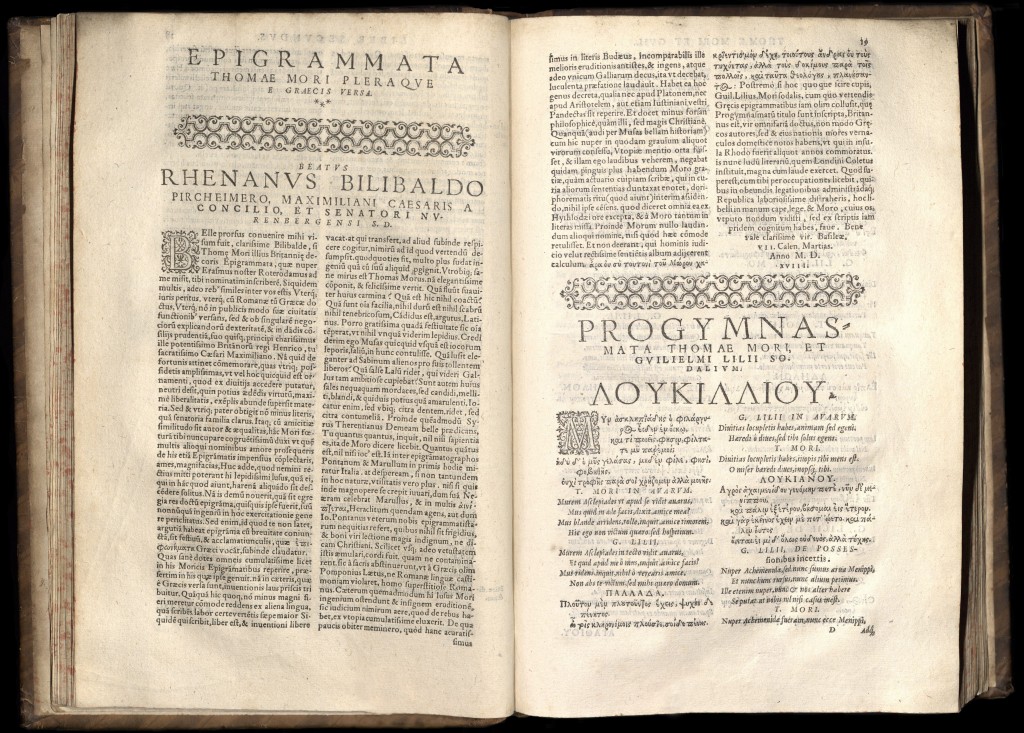
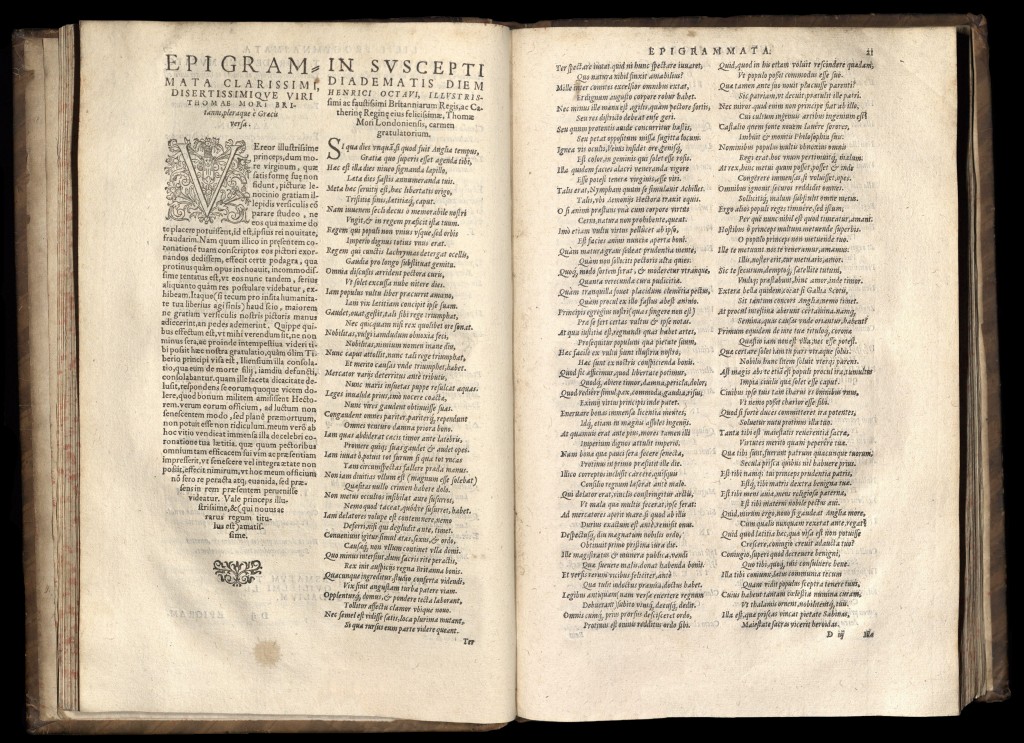
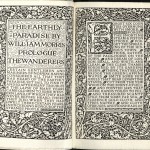
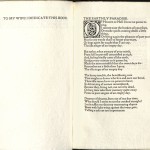
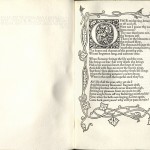
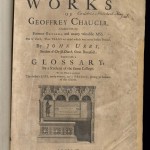
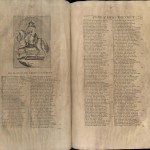
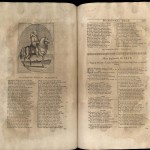

You must be logged in to post a comment.